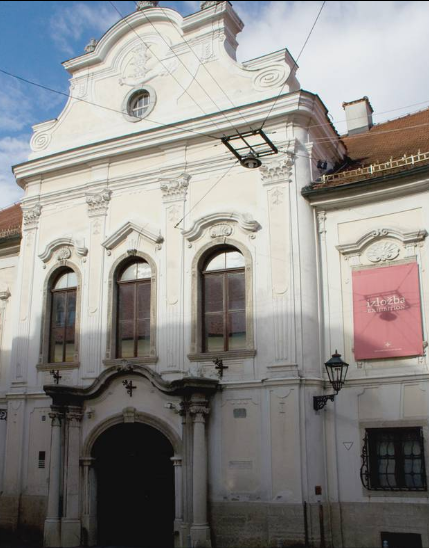The Croatian History Museum in Zagreb was created in 1991 by the merger of the Croatian Museum of History and the Museum of the Croatian People's Revolution. The fundamental task of the Croatian Museum of History is to gather, preserve and professionally and scientifically process the historical heritage of Croatia, covering the period from the early Middle Ages to Modernity. The Croatian Museum of History has approximately 300,000 museum items organized into 16 museum collections sub-divided into: Archaeological Collection, Numismatic Collection, Stone Monuments Collection, Sacred Collection, Heraldry Sigillography Collection, Collection of Everyday Things, Weapons Collection, Decoration, Medallion, Plaque and Badge Collection, Flag and Banner Collection, Uniform Collection, Paintings, Graphics and Sculpture Collection, Map Collection, Documentary Collection I, Documentary Collection II, 20th Century Art Collection. and a separate collection of photos, motion pictures and negatives.
The Croatian Museum of History operates in two locations in Zagreb. The Baroque palace in Matoševa Street hosts exhibitions and all other programs that are open to the public, while in a part of the Meštrović Pavilion at Victims of Fascism Square there are warehouses for storing the museum’s inventory. The Croatian Museum of History also administers the Ivan Goran Kovačić Memorial Museum in Lukovdol, which since 2003 has had a permanent display. The Croatian History Museum has never had a permanent display due to the lack of exhibition space. A permanent display is being prepared and its installation is expected after the relocation of the museum.

